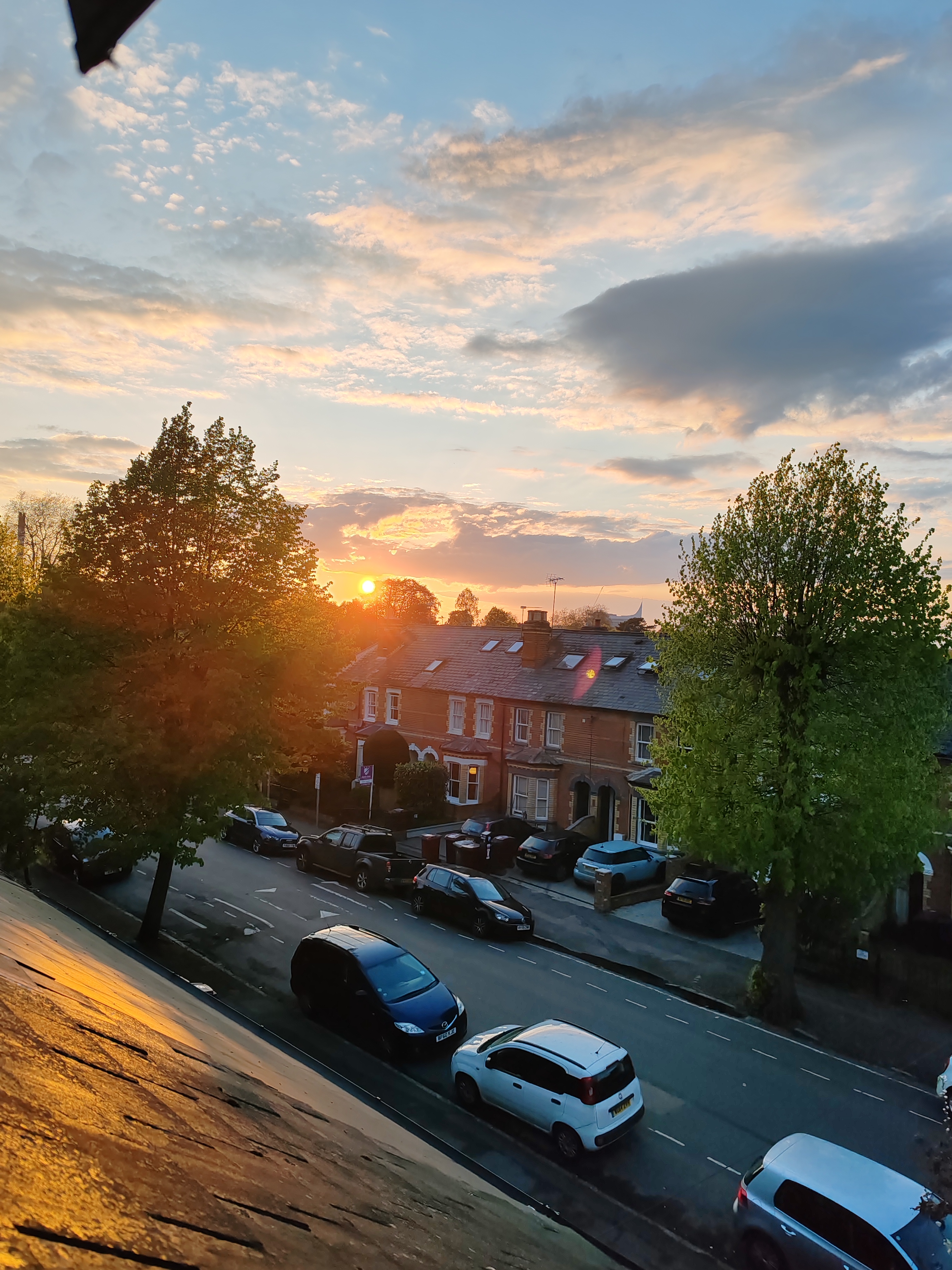2.6 - Cell division, cell diversity & cellular organisation
Cards (66)
- List all the stages of the cell cycle in order
- What happens in G1?
- What happens in the G1 checkpoint?
- What is G0 / Growth zero?
- What happens in the Synthesis (S) stage?
- What happens in G2?
- What happens in the G2 checkpoint?
- What are the 4 stages of Mitosis?
- What are checkpoints used for?
- What happens during prophase?
- What happens during Metaphase?
- What happens during Anaphase?
- What happens during Telophase?
- What happens during Cytokinesis
- When does cytokinesis usually start and end?
- What phase of Mitosis is this image?
- What phase of mitosis is this image? - the one in the middle?
- What stage of mitosis is this image?
- What stage of mitosis is in this image?
- What does meiosis produce?
- How many gametes does meiosis produce?
- What is a haploid?
- Describe what the cells formed by meiosis are like genetically?
- What happens in Interphase during meiosis?
- What happens in Meiosis 1 - Prophase 1?
- What happens in Meiosis 1 - Metaphase 1?
- What happens in Meiosis 1 - Anaphase 1?
- What happens in Meiosis 1 - Telophase 1?
- What happens in Meiosis 1 - Cytokinesis?
- What is crossing over, that occurs in prophase 1 of meiosis 1?
- What happens in Meiosis 2 - Prophase 2?
- What happens in Meiosis 2 - Metaphase 2?
- What happens in Meiosis 2 - Anaphase 2?
- What happens in Meiosis 2 - Telophase 2?
- What two things during meiosis lead to genetic variation in cells?
- How does crossing over of chromatids causes genetic variation?
- How does independent assortment of chromosomes lead to genetic variation?
- What are stem cells?
